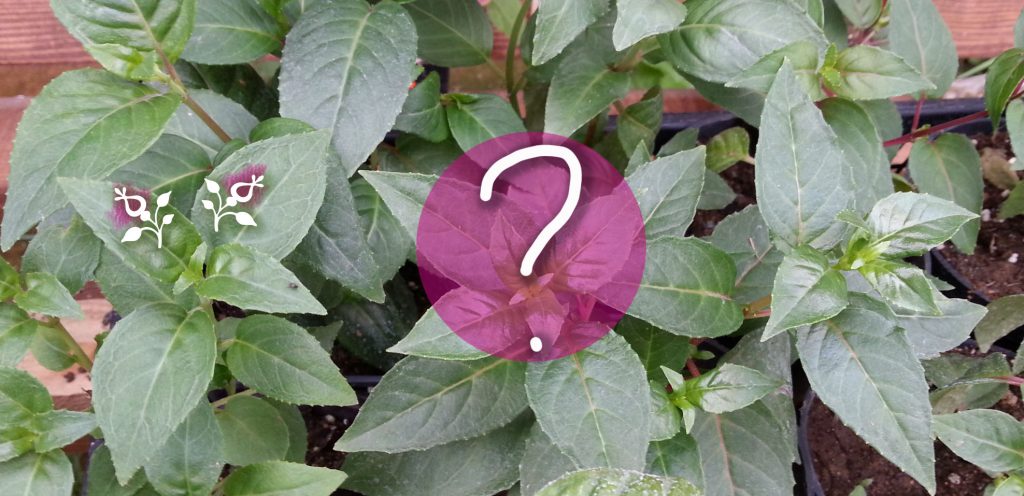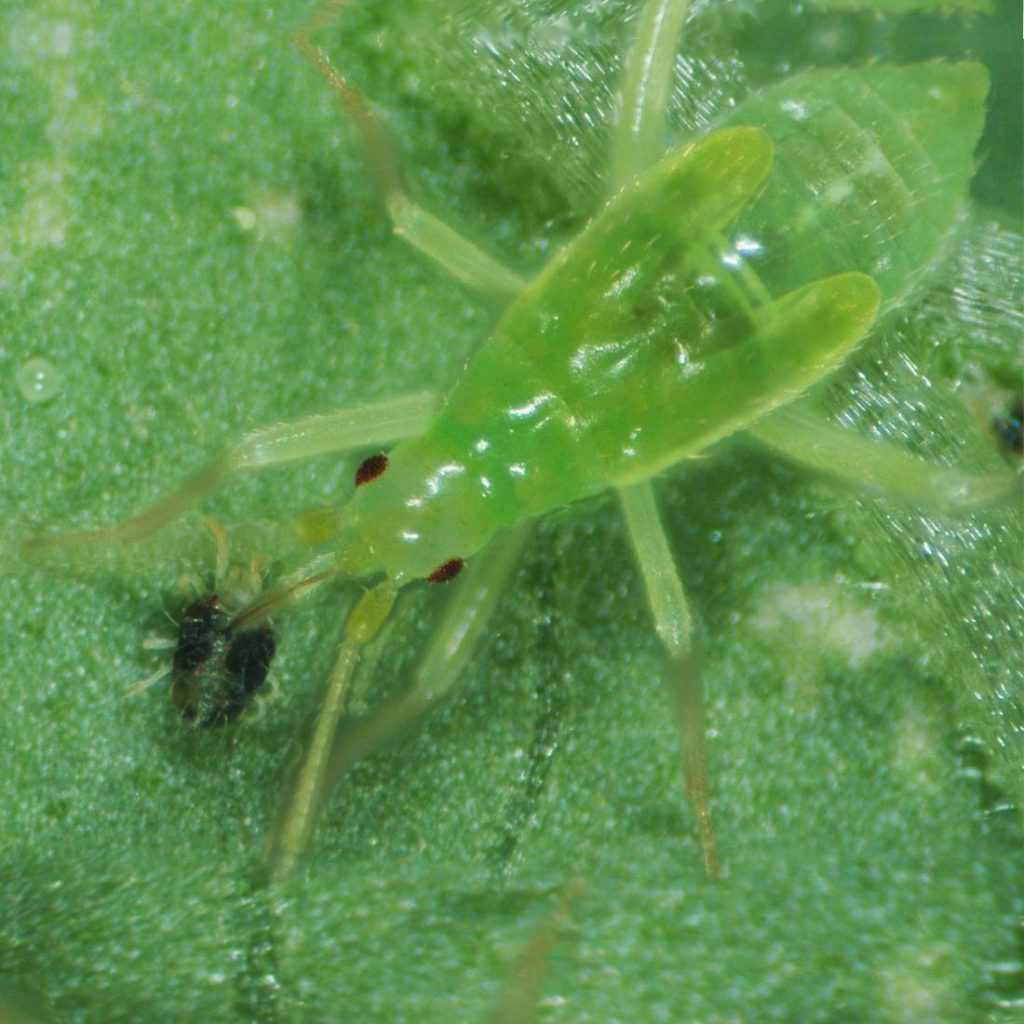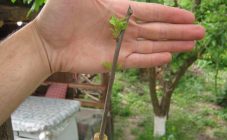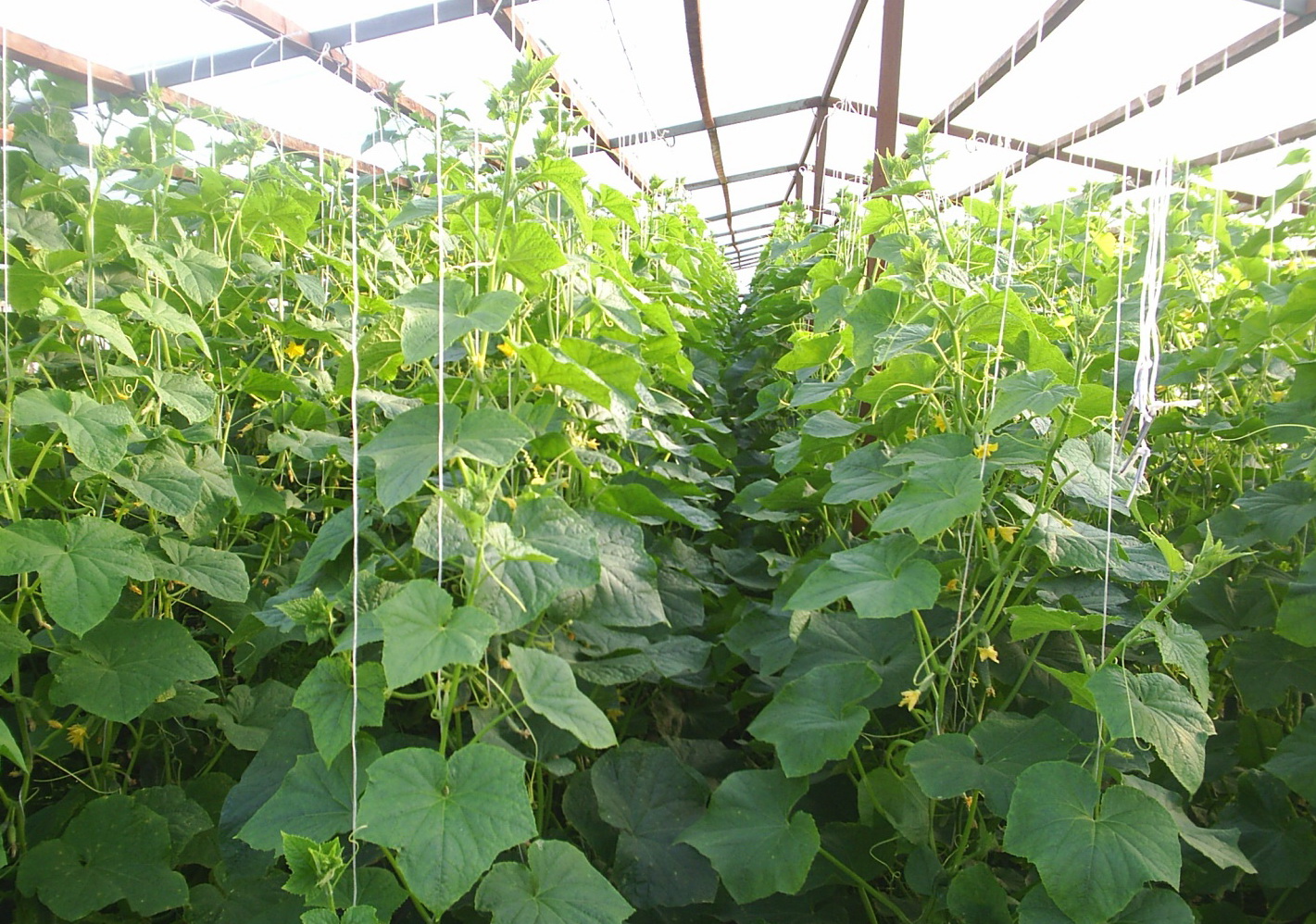Content:
Among the abundance of beautiful flora, there is a small fuchsia plant named after the botanist L. Fuchs. It is a treelike shrub with abundant branches covered with flowers. It can grow outdoors and in a pot at home. Flowers, similar to lanterns, of different colors. There are over 100 hybrid species. There are simple, double and semi-double flowers. But not everyone succeeds in waiting for the fuchsia to bloom, and there are several reasons for this.
Fuchsia does not bloom: reasons
Why fuchsia does not bloom is of interest not only to novice gardeners. This plant is very whimsical and can disappoint even a seasoned gardener. There are a lot of factors affecting the growth and flowering of a plant. Here are the main ones:
- illumination;
- air temperature;
- lack or excess of moisture;
- pests and diseases;
- soil composition.
If at least one of the parameters is not met, this leads to a decrease or complete absence of buds. Therefore, as soon as possible, it is worth finding out why fuchsia does not bloom at home and what to do to correct the situation. There are reasons that can be eliminated immediately and give the opportunity to appear buds this year or prepare a bush for flowering the next.
Lack of light
Fuchsia belongs to light-loving plants; lack of lighting affects the appearance of buds. It is better to place the flower on the east, west and south-west windows (sides of the site). Fresh air is useful for him, so it is recommended to send a pot of fuchsia for the summer to the garden in a pot, as it is, or transplant it to a plot. But you will need to protect the flower from the wind, and on sunny hot days, shade it from direct sunlight.
Air temperature
For fuchsia, air temperature is of great importance. In summer, on hot days (more than 30 ° C), so that the buds do not crumble, the flower itself and the air around it are sprayed twice a day. For additional humidification in the heat, a small container with expanded clay and water is placed. And the main condition for winter maintenance is the air temperature not higher than 15 ° C.
Lack of moisture
With a lack of moisture, the soil dries up, foliage crumbles, budding may not occur at all. Good watering with settled water is recommended; there should be drainage at the bottom of the pot so that the water does not linger, leading to decay of the roots.
Pests and diseases
Fuchsia, like all plants, suffers from several diseases. She loves moisture, but too much moisture can cause gray rot. Brown spots appear on the stems, shoots are affected. Processing is carried out with copper-containing preparations, such as foundationol, pure flowers.
In order not to provoke the disease, a coarse-grained substrate is used, rarely, but watered abundantly. For prophylaxis, glyocladin is used.
Their insects like fuchsia spider mites, whiteflies, aphids, so the plant must be examined for the presence of these pests and treated with insecticides. For example, a spider mite can be eliminated by karbofos.
Sometimes yellow spots appear on the underside of the leaf. This disease is called rust, which causes leaves and flowers to fall off.Treatment against him is carried out with preparations of vertan, Bordeaux liquid, which are diluted strictly according to the instructions indicated on the package.
If the plant is affected by pests, but still managed to bloom normally, you still need to take all measures for treatment.
How to make fuchsia bloom profusely
To create a beautiful shrub, the crown is formed by pinching. In February, it is transplanted by transshipment from a small pot to a larger one by only a couple of centimeters. Fuchsia will build up the root system and will spend less energy on flowers.
Since the shoots of the plant have grown over the winter, the central stem and several branches are selected to form the crown and pinched at the desired height. After a few weeks, the fuchsia will be covered with flowers.
The plant needs constant feeding, this is especially important during the period of flower ovary. How to feed fuchsia for abundant flowering? From spring to autumn, feeding (root and leaf) is carried out every week. The leaf is processed with plantofol in combination with zircon and epin. This will prevent buds from dropping and affect the abundance of flowering.
Fertilizing the soil
Flowering largely depends on the composition of the soil, what fertilizing (dry or liquid) and fertilizers (mineral or organic) are applied. Ready-made land can be purchased at the store or prepared by yourself. The soil is suitable from a mixture of coconut fiber and any universal soil with the addition of vermicompost for softness and looseness.
Regardless of where the soil was purchased, it should definitely be calcined at a high temperature in order to destroy all microorganisms, disease spores, weed seeds. Or it can be done by strong cooling: the earth is moistened with water, brought out into frost at least -10 ° C and left for several days. Freezing destroys all pests, but, unfortunately, good bacteria too. Such procedures are carried out 2-3 times, then the soil is watered with biological products, for example, phytosporin containing microorganisms. In this state, the land is left for 2 weeks in a package.
Fertilizers for fuchsia are selected depending on the growth phase:
- young specimens need fertilizing with a high nitrogen content to increase the green mass and the growth of young shoots;
- to make fuchsia cover with abundant flowers, you need to apply fertilizers, which include phosphorus and potassium;
- when treated with a preparation, the bud turns out to be bright and saturated;
- it is good to alternate watering flowers with mineral and organic compounds.
Knowing how and what to feed fuchsia, you can accelerate plant growth, help bloom on time, and increase resistance to various diseases.
Time and number of waterings
During the period when the plant is actively growing, blooming, watering should be abundant and frequent. There is an opinion that 90 out of 100% of the life activity of fuchsias depends precisely on irrigation. Although it is believed that they are moisture-loving, most of the flowers die from overflows, and it is impossible to save a flooded plant. For example, in room conditions, if fuchsia has dropped leaves and buds, you need to check the ground for moisture. If it is very damp, it is worth pulling the flower out of the flowerpot, with the remaining roots (white in color) transplanted into another land, cover with a bag and leave in the shade.
Overdrying the soil is also dangerous, as leaves and buds can fall off. The flowerpot is completely lowered into the water until water is collected, and the plant itself is sprayed from a spray bottle. In general, it is better to spray fuchsia more often and abundantly than to fill it.
Both experienced flower growers and novice amateurs will cope with fuchsia, only if they do everything as described above. It is very important to know how fuchsia grows, how to fertilize it, then the result will not be long in coming.The plant will thank you with abundant bright flowering.















